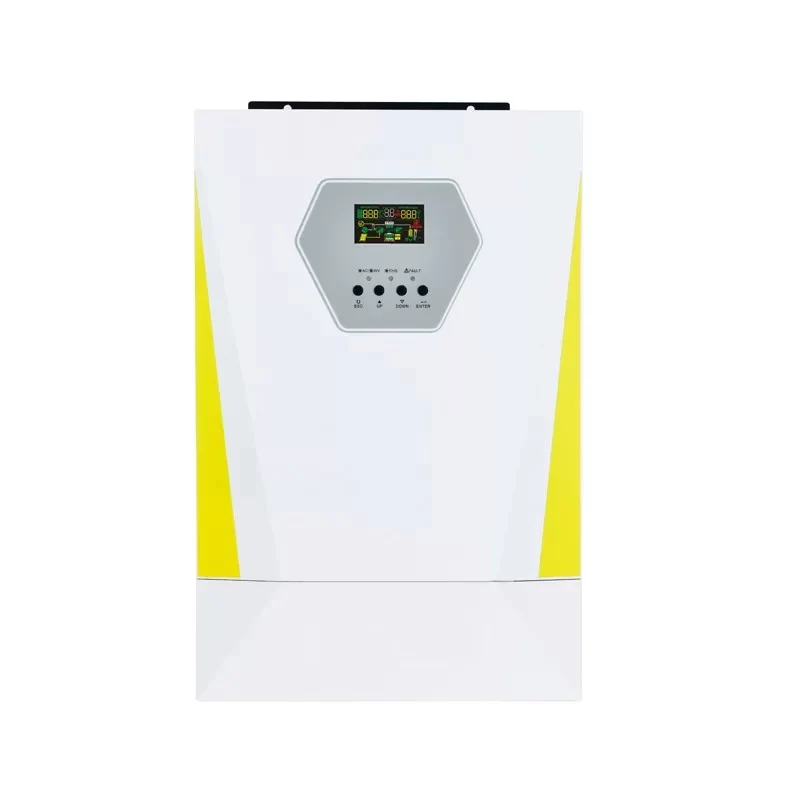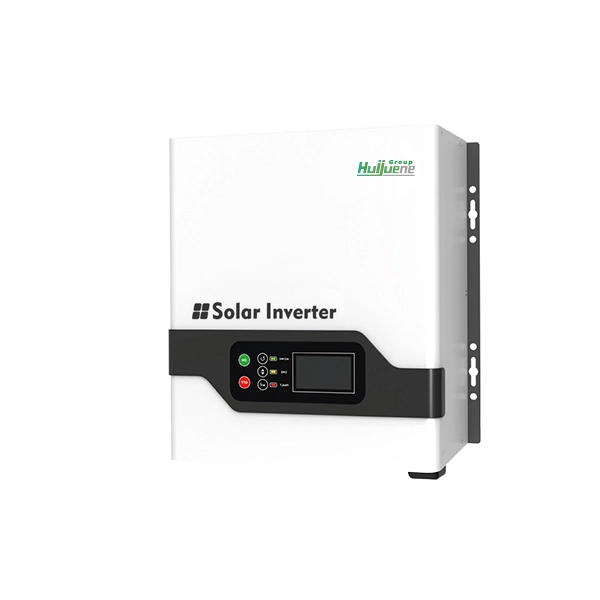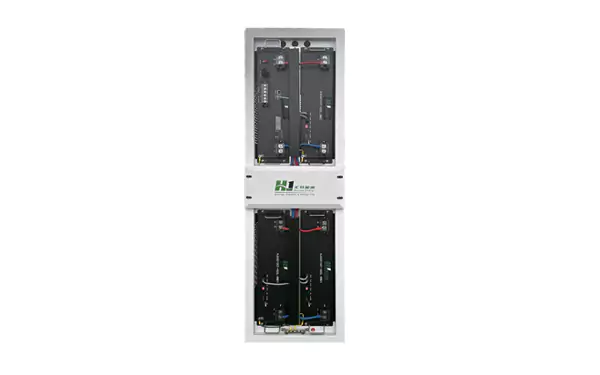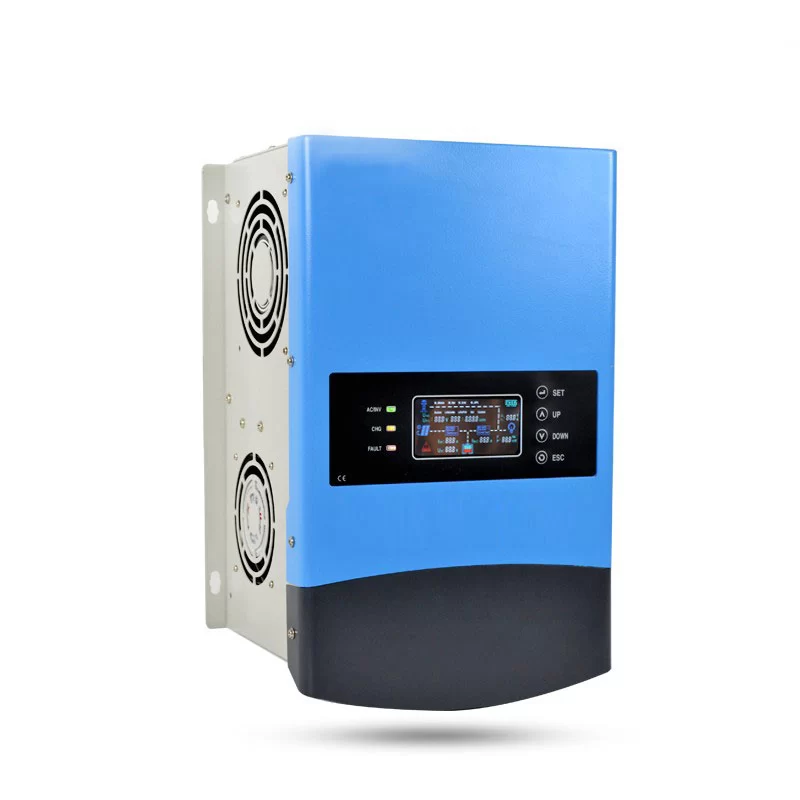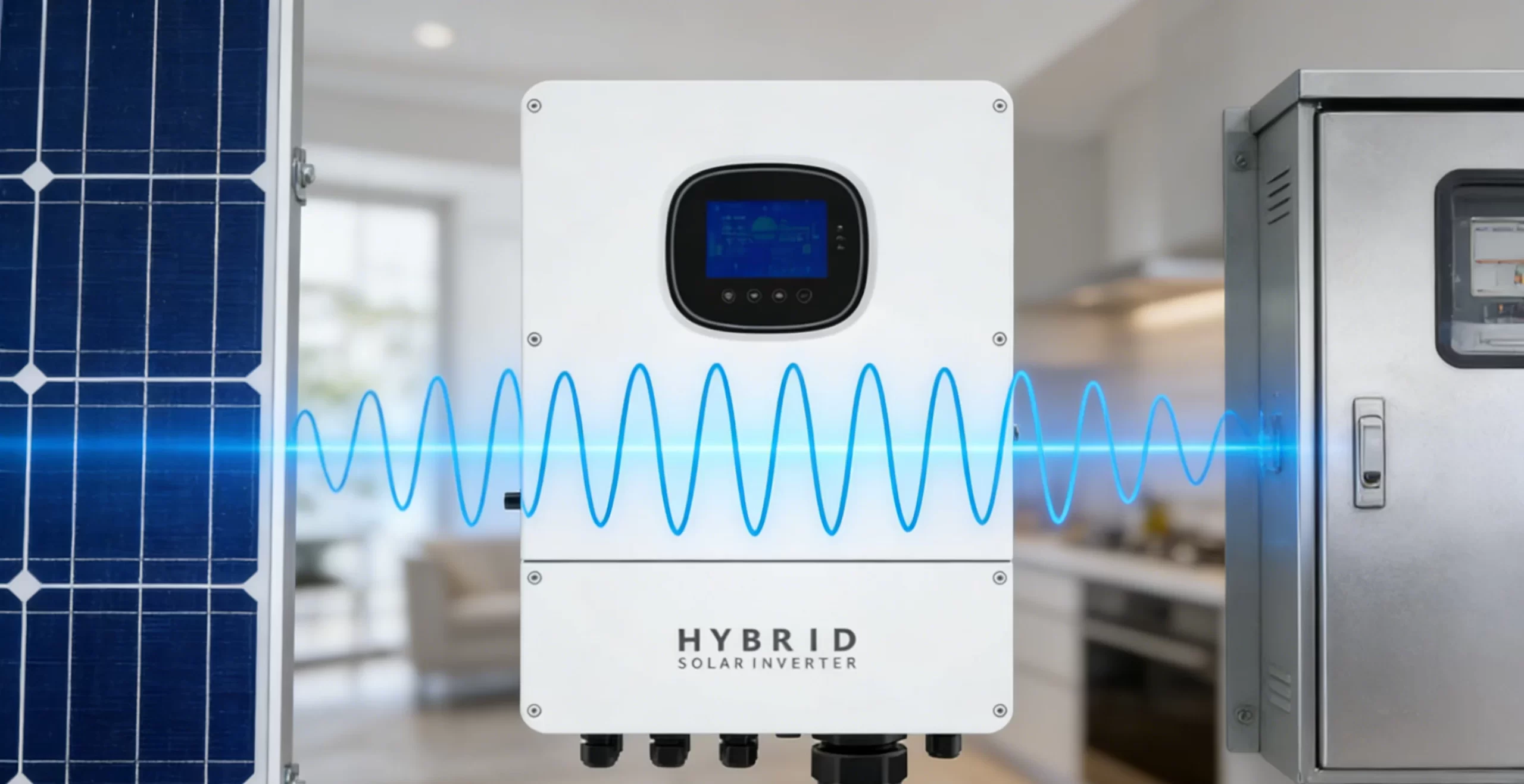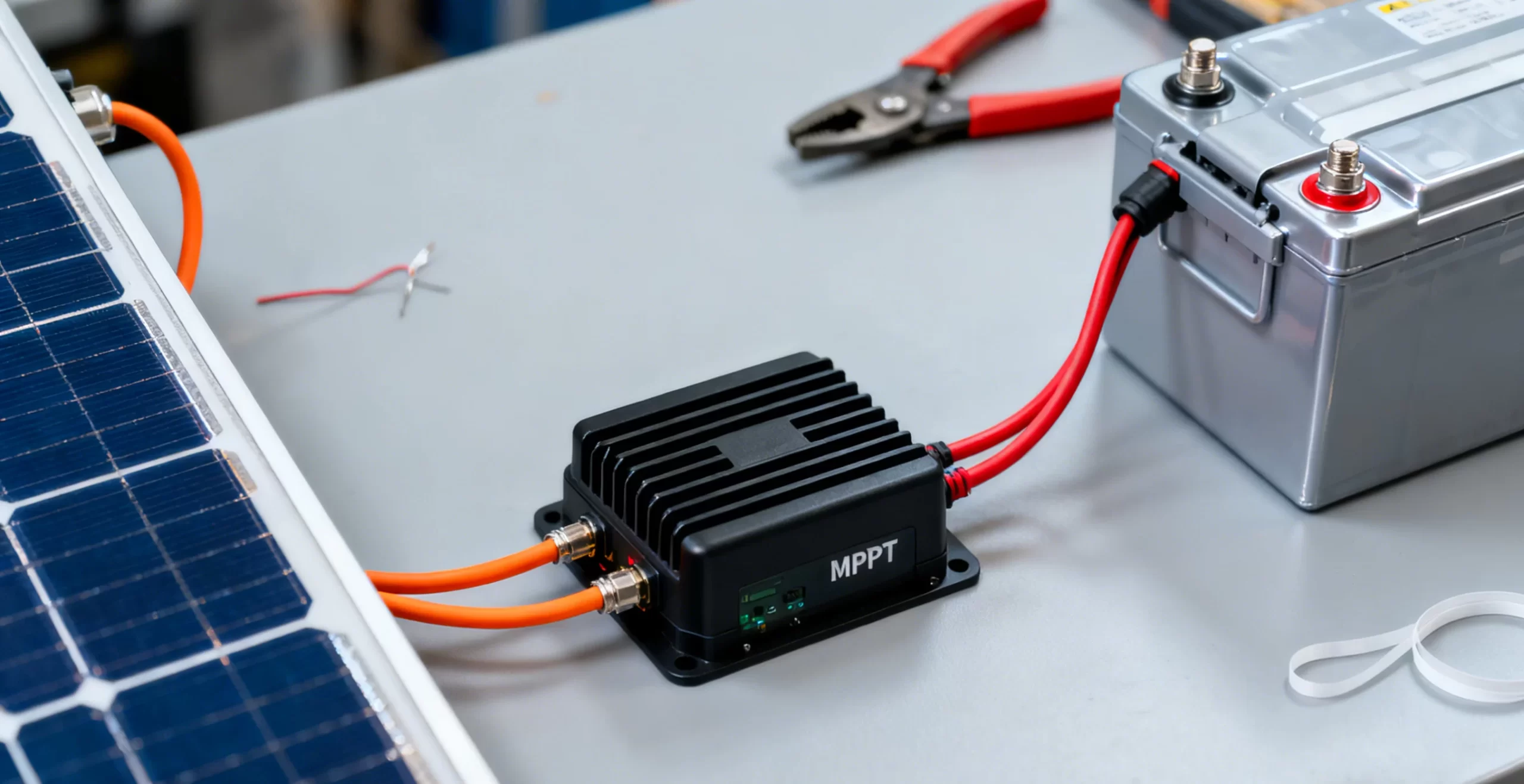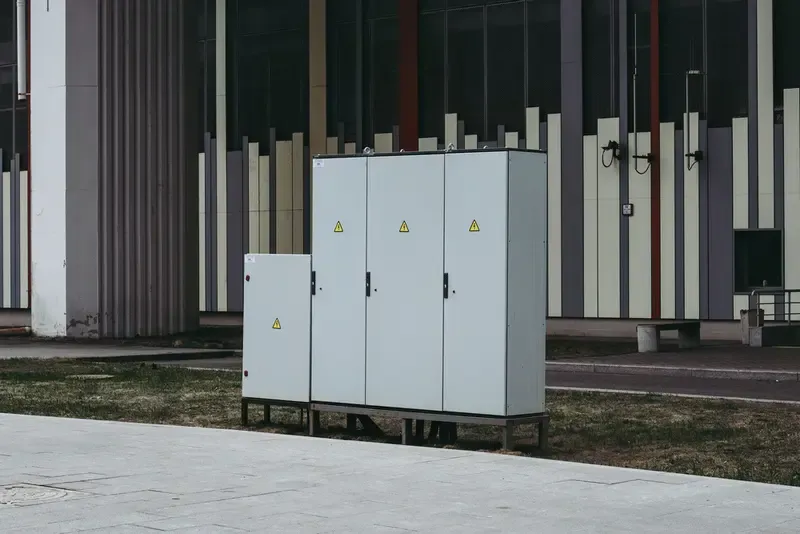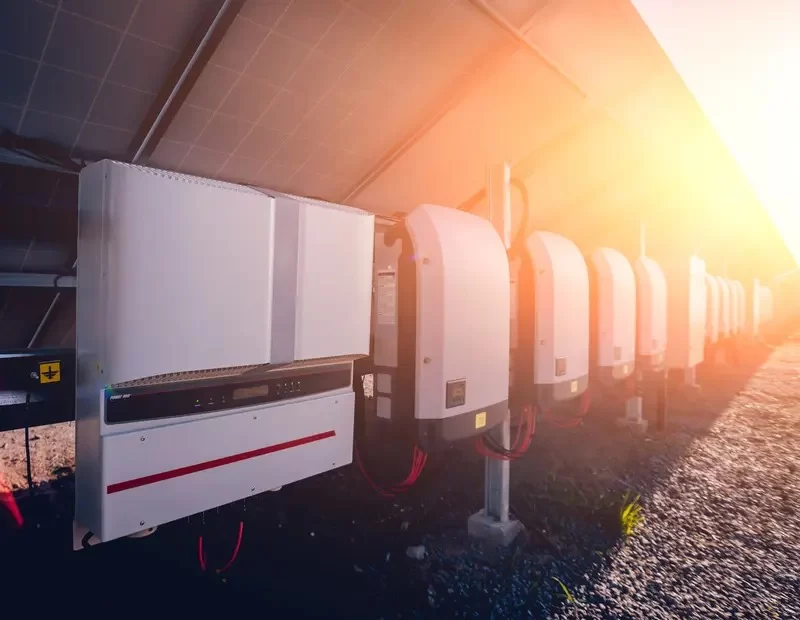Flow Batteries: Transforming the Future of Energy Storage
Introduction
As the global demand for energy storage surges, flow batteries have emerged as a promising technology. These batteries offer significant potential for grid-scale energy storage and long-duration electricity storage, addressing the growing need for efficient and scalable energy solutions. This article explores the fundamental concepts of flow batteries, their benefits, challenges, market predictions, and future directions.

Flow Batteries: Design and Operation
How Flow Batteries Work
Flow batteries are electrochemical systems designed to store and release energy through the flow of electrolytes. Key components include electrochemical cells, electrodes, and an ion-exchange membrane. The electrolyte flows through the battery, facilitating electrochemical reactions that generate electrical power.
Key Components
- Electrodes: Conduct electrical current and facilitate redox reactions.
- Ion-exchange Membrane: Separates the electrolyte solutions and allows ion transfer.
- Electrolyte: The medium where the redox pairsreact, crucial for energy storage and release.
Types of Redox Pairs
Common redox pairs include:
- Vanadium/Vandium: Known for high efficiency and stability.
- Iron/Chromium: Offers a cost-effective solution.
- Zinc/Bromine: Provides high energy density.
Benefits and Challenges
Advantages of Flow Batteries
Flow batteries offer several advantages, including scalability, environmental friendliness, and low self-discharge rates. They allow for independent scaling of energy and power capacity, which can lead to reduced costs over time.
Challenges
However, flow batteries face challenges such as electrolyte degradation and potential cross-contamination. Additionally, the finite-lifetime materials used in some batteries can limit their effectiveness.
The State of the Art: Vanadium
Vanadium Flow Batteries
Vanadium redox flow batteries (VRFBs) are renowned for their high efficiency, long cycle life, and cost-effectiveness. They are widely used in large-scale energy storage systems. However, issues such as supply chain disruptions and price volatility can impact their viability.
Supply Chain Issues
The supply chain for vanadium is currently unstable, with price fluctuations affecting the overall cost of VRFBs. Addressing these issues is crucial for the sustained growth of this technology.
Beyond Vanadium
Alternative Chemistries
Exploration of alternative redox pairs and materials is ongoing. Zinc-bromine and iron-chromium flow batteries present viable alternatives, offering different advantages and trade-offs.
Finite vs. Infinite Lifetime Materials
Research into finite-lifetime materials such as organic molecules, and infinite-lifetime species like other metals, provides insight into improving battery longevity and performance.
Techno-Economic Modeling as a Guide
Assessing Economic Viability
Techno-economic modeling is essential for evaluating the economic feasibility of various flow battery technologies. This involves analyzing dynamic physical models and estimating costs to guide investment decisions.
Analysis Methods
Dynamic models assess performance, cost-effectiveness, and scalability of different battery types, aiding in the development of more efficient storage solutions.
Market Predictions
Growth Trends
The flow battery market is experiencing rapid growth. Market forecasts indicate that the market will reach approximately USD 12.8 billion by 2030, with a compound annual growth rate (CAGR) of 21.51%. Projections suggest that by 2032, the market size could expand to USD 23.8 billion, with an annual growth rate of 23.2%.
Regional Insights
- 2023-2030 CAGR: 21.51%
- 2024 Market Value: USD 3.81 billion
- 2031 Projection: USD 10.3 billion, CAGR of 16.5%
- 2033 Forecast: USD 41.1 billion, CAGR of 27%
The increasing need for large-scale energy storage solutions and growing investments in renewable energy are driving this market expansion. Despite challenges like lack of standardization and high complexity, technological advancements and market demand are expected to continue driving growth.
Conclusion
In summary, flow batteries represent a transformative technology in energy storage, with significant benefits and some challenges. Continued research and development are essential to overcome obstacles and harness the full potential of flow battery systems.

